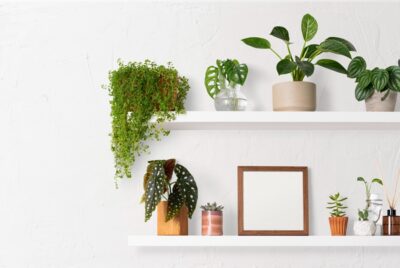Designs from various eras have an enduring quality. Whether in fashion, architecture, or art, the timeless elegance of classic designs can offer profound insights into the human journey of personal growth. These designs, which transcend trends and generations, hold lessons about resilience, adaptability, and the beauty of transformation. Let’s explore what classic designs teach us about personal growth and how we can apply these principles in our own lives.
Embracing Simplicity
One of the most prominent features of classic designs is their simplicity. From the minimalist architecture of the Bauhaus movement to the sleek lines of mid-century modern furniture, simplicity has a lasting appeal. The same is true in personal growth. Often, growth occurs not through complexity but through stripping away distractions and focusing on what truly matters.
In the context of self-improvement, embracing simplicity means letting go of unnecessary baggage, whether emotional or physical, and concentrating on core values and goals. It’s about creating space for clarity and fostering a mindset that doesn’t get overwhelmed by life’s noise. Just as a classic design’s beauty often comes from its clean lines and thoughtful structure, our personal growth can flourish when we focus on simplicity and authenticity. Just as Persian rugs on rugsource.com demonstrate timeless beauty through intricate craftsmanship and enduring style, our personal growth, too, benefits from attention to detail and a foundation built on quality and care.
Adaptability and Flexibility
Classic designs are not rigid. They have the ability to adapt and evolve with changing times without losing their essence. Think about the enduring appeal of a little black dress or the timeless functionality of a well-crafted leather bag. These designs have evolved in their details, but their foundational principles remain the same. Similarly, personal growth thrives on adaptability.
Life is full of unexpected changes, and our ability to evolve in response to challenges is key to our growth. Just as a design can stay relevant through minor adjustments, we, too, must be flexible enough to adjust our approach to life’s obstacles. This ability to embrace change, without losing sight of our true selves, is a powerful tool for growth.
The Power of Resilience
Many classic designs were born from necessity or adversity. For example, the sturdy, functional design of military jackets or durable outdoor gear is a direct response to the challenges they were created to withstand. These designs didn’t simply serve a practical function; they were built to last, withstanding the test of time and use.
In personal growth, resilience is one of the most important traits we can cultivate. Much like a well-made design, our personal resilience allows us to endure difficult circumstances, learn from them, and emerge stronger. Personal growth is often forged in the fire of hardship, and like classic designs, our capacity to bounce back and adapt to new challenges will determine our longevity and success.
The Importance of Craftsmanship
Classic designs often reflect a high level of craftsmanship, attention to detail, and care in their creation. Whether it’s the stitching of a fine suit or the careful planning behind architectural masterpieces, the level of craftsmanship involved in creating something lasting teaches us about the importance of commitment to excellence. Personal growth, much like the creation of a well-designed piece, takes time and deliberate effort.
Focusing on craftsmanship in personal growth means committing to the journey, paying attention to the details, and investing in our development. Just as a designer refines a product to perfection, we too must refine our skills, mindset, and habits in order to grow and evolve. Growth is not a quick process but one that requires dedication and patience, much like the creation of a timeless design.
Conclusion
Classic designs offer valuable lessons about personal growth. Through their simplicity, adaptability, resilience, and attention to craftsmanship, they remind us that growth is a continuous process that requires patience, focus, and a willingness to evolve. Just as a well-crafted design can withstand the test of time, so too can we build a life that is rich in purpose, clarity, and strength.










